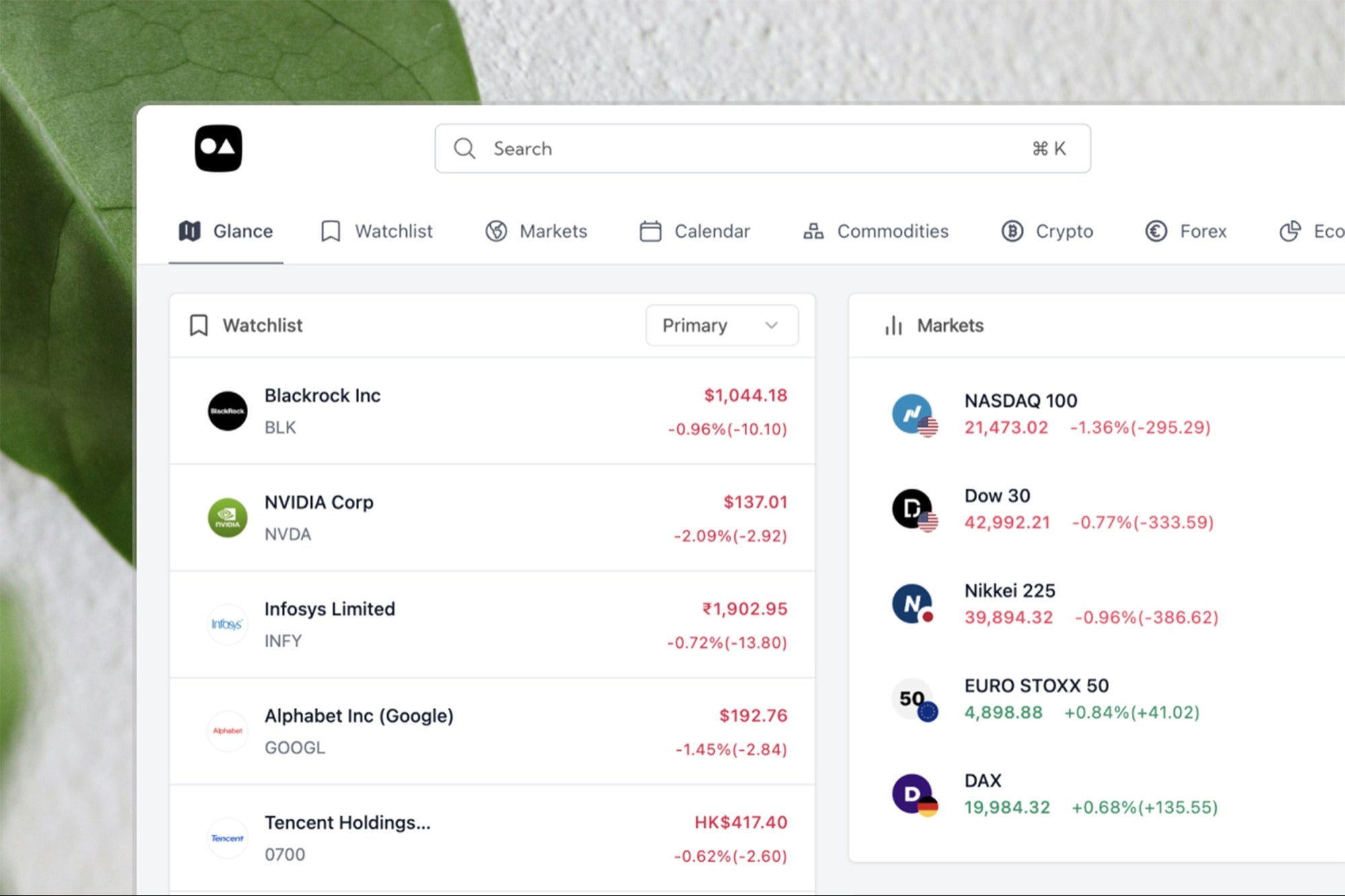How to Name (Or In Some Cases, Rename) Your Company Naming a company is hard, and founders often get it wrong.
By Jason Feifer
This story appears in the May 2018 issue of BIZ Experiences. Subscribe »

Jennifer Fitzgerald is co-founder and CEO of Policygenius. But in 2013, when her company was starting out, it had a different name: KnowItOwl.
"We thought it was a clever play on the term know-it-all," she says. The company helps consumers find the right insurance policy for them, so she wanted a name that suggested wisdom and guidance, with a friendly animal like the GEICO gecko. "Then we started talking to investors, engaging our first users and talking to vendors and insurance company partners, and we just kept having to repeat the name -- spell it, explain it. Pretty soon we were like, We've got a problem."
Related: 10 Questions to Ask Before Naming Your Business
And it's not an uncommon problem.
A name is one of the biggest early decisions a company founder will make, and many get it wrong. Best Buy was first called Sound of Music. Nike was Blue Ribbon Sports. Google was BackRub. Each was a mistake in some form -- too narrow, too generic, too evocative of the wrong thing. (BackRub?) For KnowItOwl, the problem was being too clever.
So how should a company pick a name? Fitzgerald did some research and came up with this process.
Step 1: The big name dump
Fitzgerald created a shared Google Doc for her five-person team and over the course of a few weeks sent out prompts to focus people's creativity -- asking for portmanteaus (like Microsoft, the merging of microcomputer and software), names with numbers (like Lot18), themes like references to trees and more.
Step 2: Structure brainstorming
One Saturday, she invited friends in the branding and marketing industry to join her team for pizza, beer and what she calls "structured group brainstorming." She'd put up a word that related to her business -- say, protection. Everyone in the room had 10 minutes to write down 10 protection-related names. Then they'd pass their list to the person to their left and take seven minutes to create seven names inspired by the other person's list. They repeated this a few times.
Related: Which Type of Logo is Best for Your Brand?
Step 3: Cut the crap
Between the Google Doc and the brainstorming, they had hundreds of names and started eliminating them in phases. First: "Can you imagine saying your company name to a Wall Street Journal reporter?" That wiped out many. (Bye, "Harmadillo"!) Then they nixed any similar to competitors', names that could come off as unintentionally wrong (a classic of the form: Pen Island) and names they couldn't get a dot-com domain for.
Step 4: Judge by color
The surviving names were evaluated based on various criteria, including brevity (shorter is better), evocativeness (does it convey meaning?) and searchability (is it unique enough that when searched for, it won't get lost?). Each criterion was marked as red, yellow or green. The name Policygenius, say, got a yellow for brevity. Too many reds meant elimination.
Step 5: Test people's memories
Will people remember a name? Can they spell it, if they hear it? To test this, the team recorded someone saying the finalist names, posted the audio to Soundcloud, and embedded it in surveys that they paid $2,000 to have sent to 1,000 people. They also asked respondents to write down any emotional associations the names created -- "just to make sure nothing was offensive or conjuring up any emotions we didn't want to conjure up," she says.
Related: What Is a Logo? Just the Beating Heart of Your Brand, That's All.
After this, Policygenius had its name. It now employs 130 people and helps a million people each month find insurance, either through its service or content -- success that (ahem) owl started with a great name.












